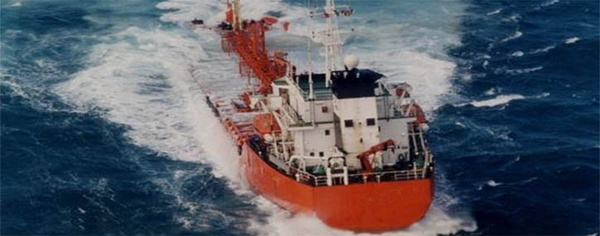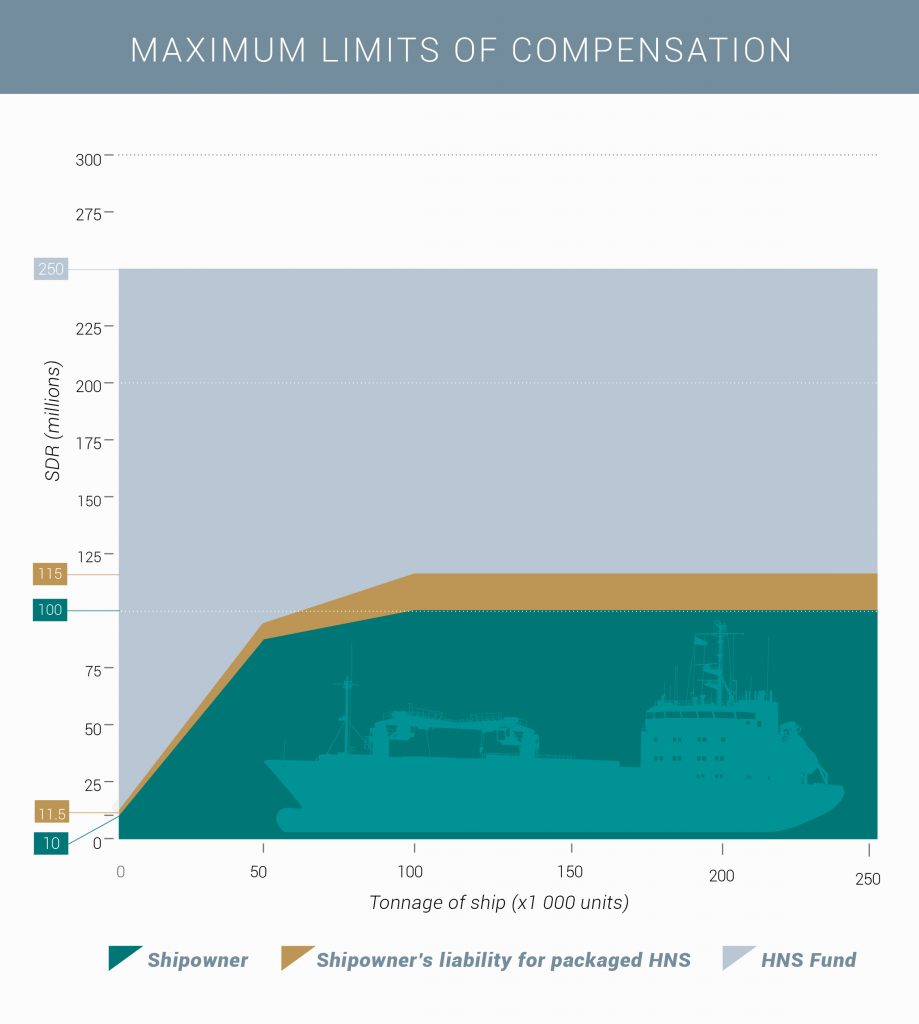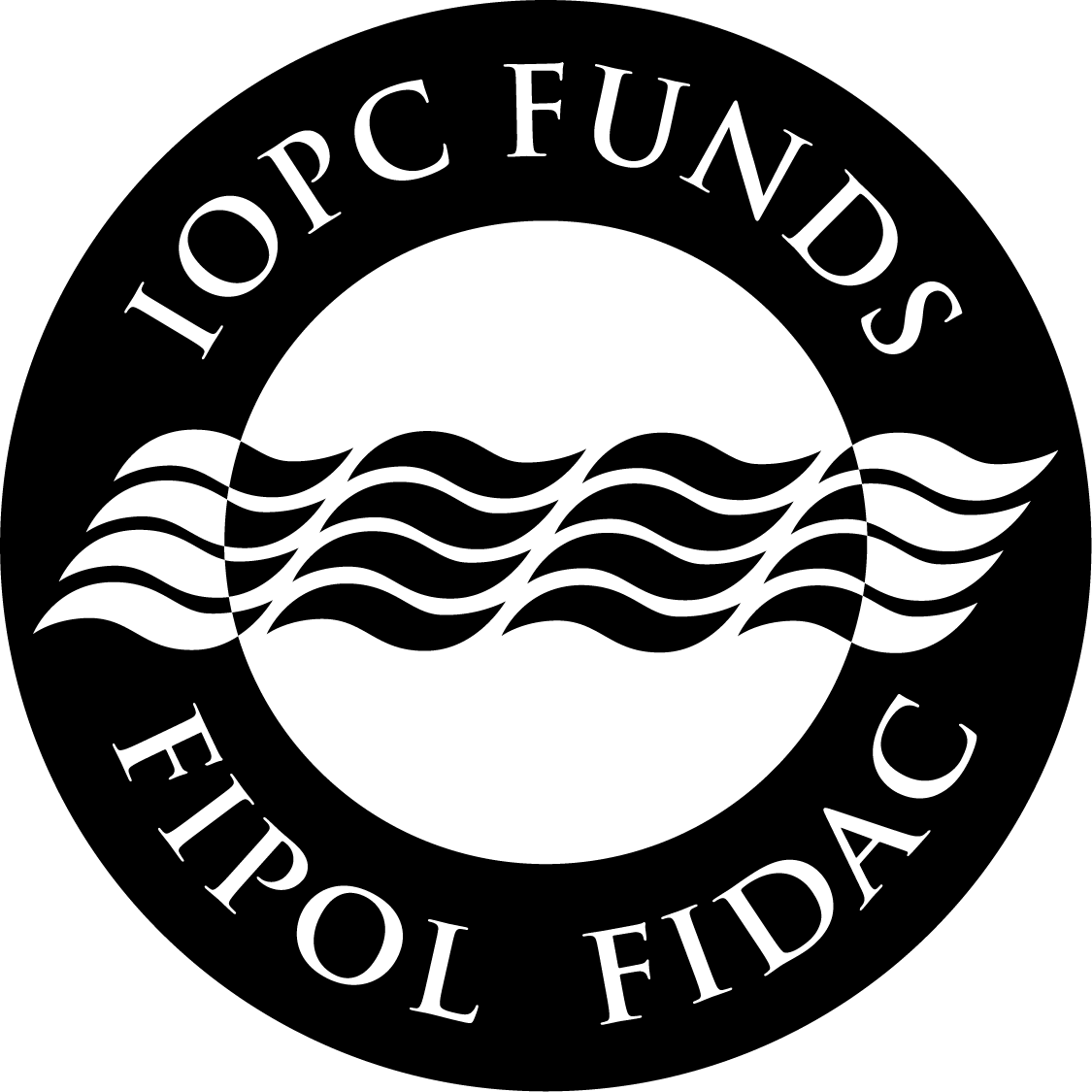The HNS Convention and the 2010 Protocol

The chemical tanker IevoliSun, with styrene and other hazardous and noxious substances on board, sinks off the coast of France in 2000.
The HNS Convention
The International Convention on Liability and Compensation for Damage in Connection with the Carriage of Hazardous and Noxious Substances by Sea, 1996 – known as the HNS Convention – aims to ensure adequate, prompt and effective compensation for damage to persons and property, costs of clean up and reinstatement measures and economic losses resulting from the maritime transport of hazardous and noxious substances.
The Texts of the Convention
- 2010 HNS Convention Consolidated Text (1.4 MB)
- 2010 HNS Protocol (784 KB)
- 1996 HNS Convention (871 KB)
Overview of the Convention
The Legal Committee of the International Maritime Organization established a Correspondence Group to assist the Committee in monitoring the implementation of the HNS Convention. The Legal Committee has agreed an overview of the HNS Convention in order to provide straightforward but fundamental information on the key issues that fall within the scope of the Convention:
- HNS Overview (649 KB)
The Legal Framework
The HNS Convention was adopted by an International Conference organised by the International Maritime Organization in London in May 1996 and is based on the highly successful model of the Civil Liability and Fund Conventions which cover pollution damage caused by spills of persistent oil from tankers. As with the original oil pollution compensation regime, the HNS Convention will establish a two-tier system for compensation to be paid in the event of accidents at sea, in this case, involving hazardous and noxious substances, such as chemicals.
Tier one will be covered by compulsory insurance taken out by shipowners, who would be able to limit their liability. In those cases where the insurance does not cover an incident, or is insufficient to satisfy the claim, a second tier of compensation will be paid from a Fund, made up of contributions from the receivers of HNS. Contributions will be calculated according to the amount of HNS received in each Member State in the preceding calendar year.
By 2009, the HNS Convention had still not entered into force, due to an insufficient number of ratifications. A second International Conference, held in April 2010, adopted a Protocol to the HNS Convention (2010 HNS Protocol), that was designed to address practical problems that had prevented many States from ratifying the original Convention.
Once the 2010 HNS Protocol enters into force, the 1996 Convention, as amended by the 2010 Protocol, will be called: “the International Convention on Liability and Compensation for Damage in Connection with the Carriage of Hazardous and Noxious Substances by Sea, 2010”.
How much compensation will be available?
Where damage is caused by HNS in bulk, the shipowner will normally be able to limit his financial liability to an amount between 10 million and 100 million Special Drawing Rights (SDR) of the International Monetary Fund (approximately USD 15 million to USD 150 million), depending on the gross tonnage of the ship. Where damage is caused by packaged HNS, the maximum liability for the shipowner is 115 million SDR (approximately USD 175 million). The HNS Fund will provide an additional tier of compensation up to a maximum of 250 million SDR (approximately USD 380 million), including any amount paid by the shipowner and his insurer.

What kind of damage will be covered by the Convention?
The HNS Convention covers damage in the territory or territorial sea of a State Party to the Convention. It also covers pollution damage in the exclusive economic zone, or equivalent area, of a Member State and damage (other than pollution damage) caused by HNS carried on board ships registered in the flag of the Member State outside the territorial sea of any State. The following types of damage will be covered:
- Loss of life or personal injury on board or outside the ship carrying the HNS
- Loss of or damage to property outside the ship
- Economic losses resulting from contamination, e.g. in the fishing, mariculture and tourism sectors
- Costs of preventive measures, e.g. clean-up operations at sea and onshore
- Costs of reasonable measures of reinstatement of the environment
The HNS Convention does not apply to oil pollution damage from tankers, as defined in the International Convention on Civil Liability for Oil Pollution Damage, nor to loss or damage as covered by the Bunkers Convention. Loss or damage caused by radioactive materials is also excluded.
Claims under the HNS Convention will be assessed according to criteria that will be established by the Governments of HNS Fund Member States.
The shipowner
Under the HNS Convention, the shipowner will have strict liability for any damage caused by HNS, i.e. the shipowner will be liable even without fault on the part of the ship or its crew. The shipowner will be obliged to maintain insurance to cover his liabilities under the Convention. This insurance will normally be provided by protection and indemnity insurers.
The HNS Fund
The HNS Fund will be established once the HNS Convention enters into force. States which ratify the 2010 HNS Protocol will become Members of the HNS Fund. The HNS Fund will provide the second tier of compensation and will be administered by a Secretariat and headed by a Director.
The HNS Fund is expected to function similarly to the International Oil Pollution Compensation Funds (IOPC Funds) and will be governed by an Assembly composed of Government representatives from its Member States. The HNS Fund will also have a Committee to address claims for compensation, which will be similar to the IOPC Fund’s Executive Committee.
